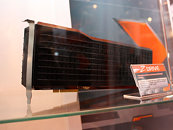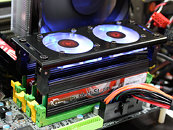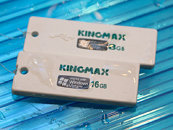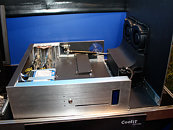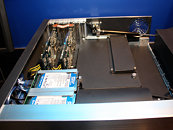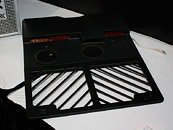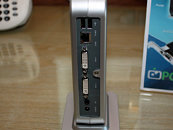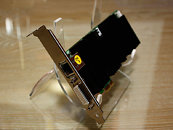Intel pushed its performance supremacy lead further up with the introduction of the Nehalem micro-architecture. The introduction served as a milestone event in the company's history, where it sought to rearrange various components of the PC, by moving certain parts of the chipset to the processor package. In the months to come, with the introduction of the Ibex-Peak platform, the company hopes to migrate even more components from the system core-logic to the CPU package. A lot of engineering potential is unlocked due to the modularity of the various components of a Nehalem-derived CPU.
At the upcoming International Solid-State Circuits Conference (ISSCC) event, Intel plans a decent set of technology demonstrations and papers. The advance program information
document shed some light on Intel's itinerary. In session 3 held on February 9, Intel will present papers on its 8-core Xeon processor, following which is a session on 45nm IA processors. The session is on processors built with features characteristic of the Nehalem micro-architecture, in having integrated memory controllers, a coherent point-to-point interconnect, and up to 8 processing cores. Interestingly, the description included a note on the power consumptions, ranging from "sub-10W to 130W", which leads us to believe Intel to have plans on making derivatives of the Nehalem micro-architecture with some very low energy footprints. Another interpretation would be that a new breed of processors could have idle power consumptions as low as <10W. Currently the most energy-efficient Nehalem-based processor known to be in the works is the Xeon L5520 that has identical features to those of the Core i7 series while having a clock speed of 2.23 GHz and a rated TDP of a mere 60W.








